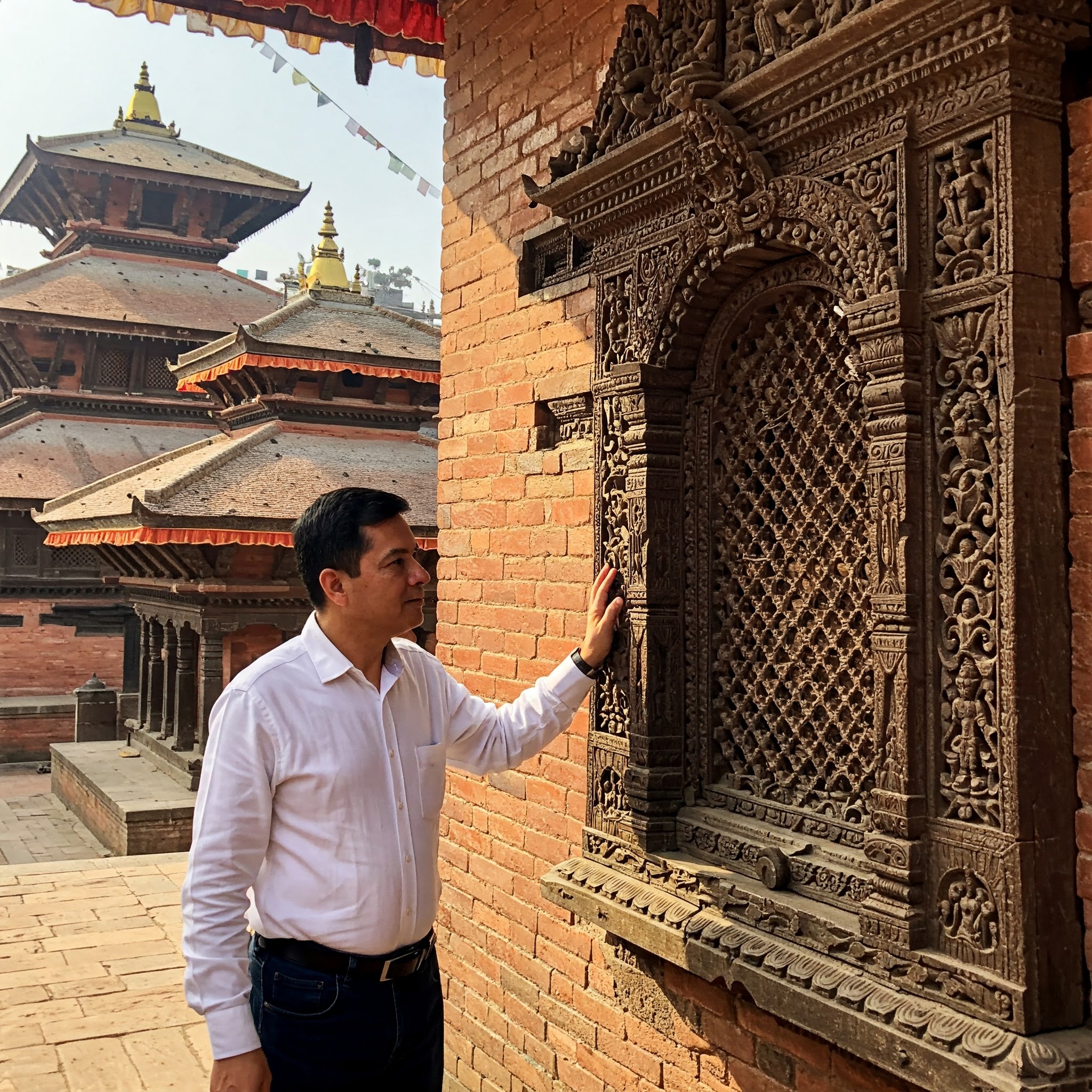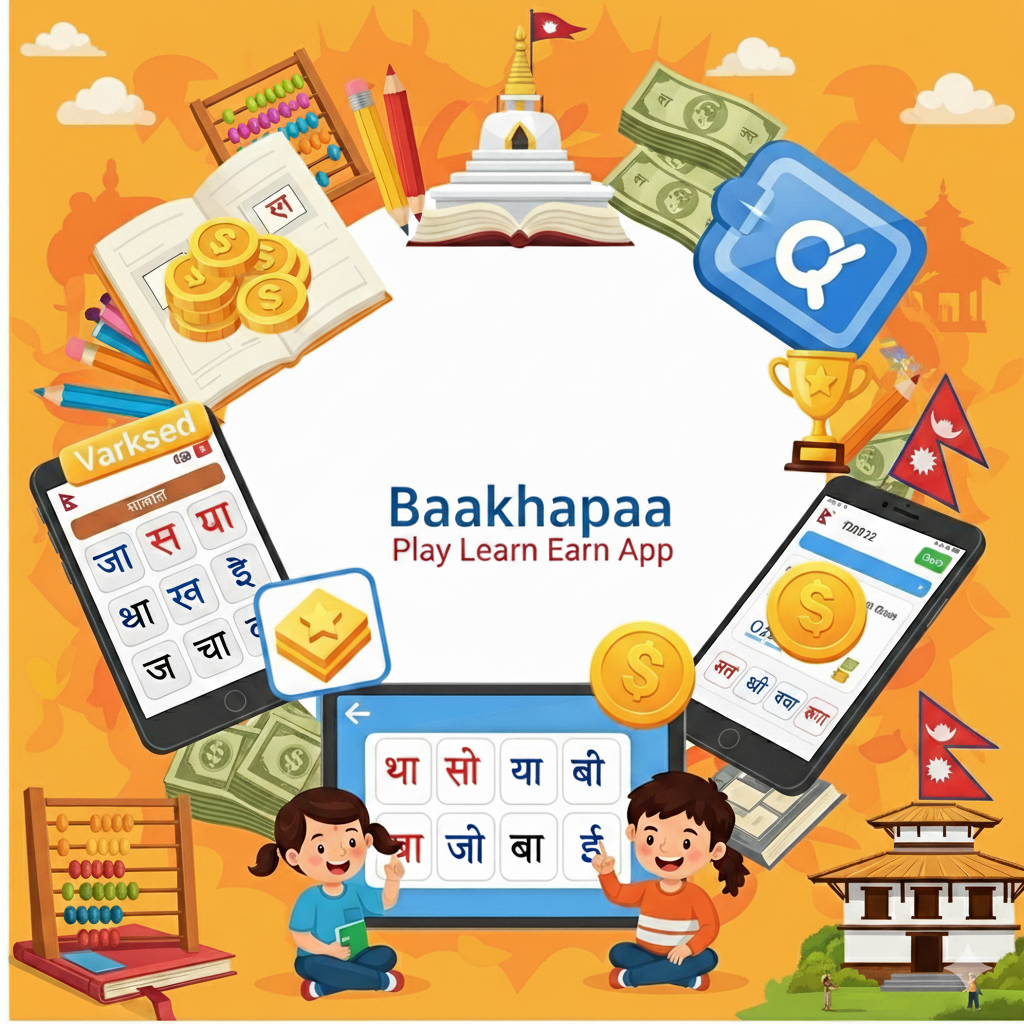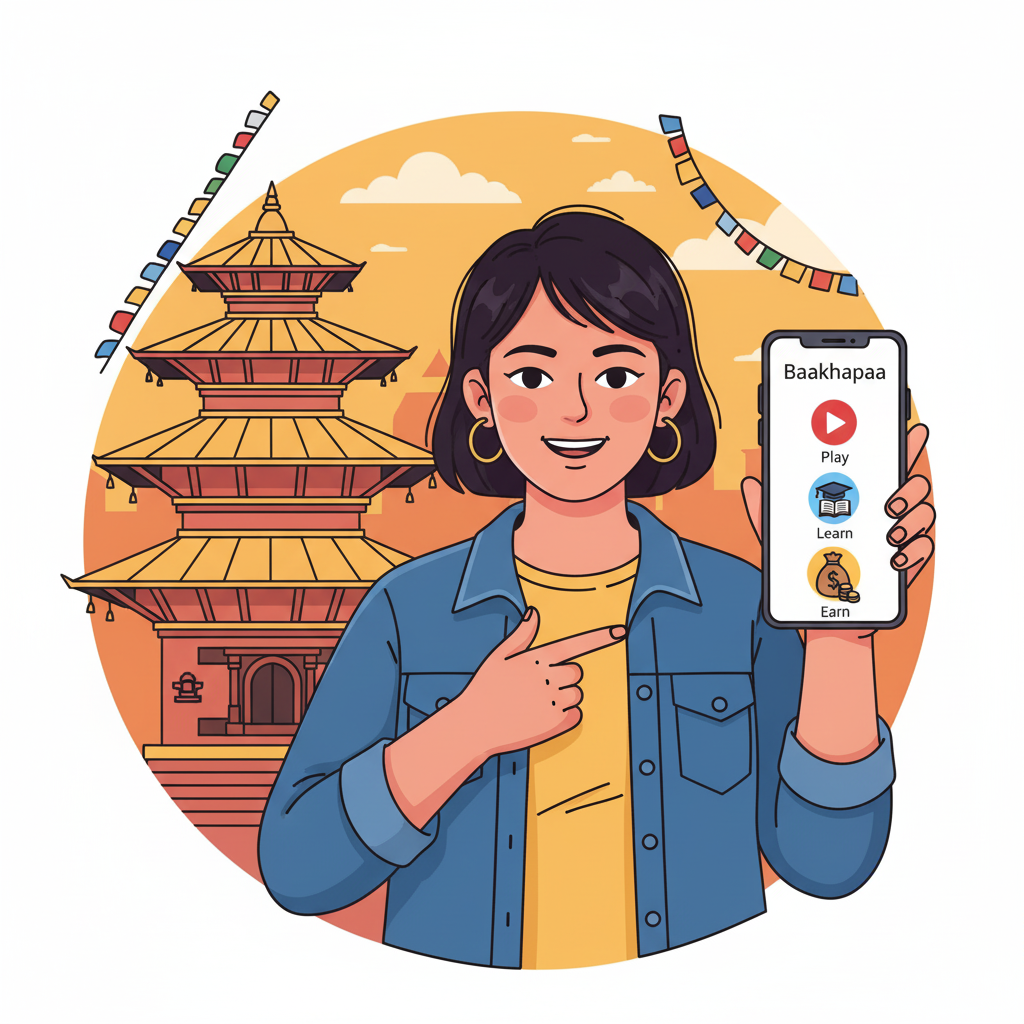Rediscovering Your Roots: A Heritage Tour Itinerary for the Kathmandu Valley
For many Non-Resident Nepalis (NRNs) and those of Nepali descent living abroad, there's a profound yearning to connect with the land of their ancestors. This journey to rediscover roots travel is more than just a vacation; it's a pilgrimage to the heart of one's identity and cultural heritage. The Kathmandu Valley, the ancient cradle of Nepali civilization, offers an unparalleled opportunity for such cultural tourism for diaspora. This sample Kathmandu Valley itinerary for NRNs is designed to guide you through a meaningful trip back home, blending iconic landmarks with immersive cultural experiences for 2025/2026.
Why the Kathmandu Valley for Your Heritage Journey?
The Kathmandu Valley isn't just Nepal's capital region; it's a living museum, a spiritual sanctuary, and the historical heartland of Newari culture. With seven UNESCO World Heritage Sites packed into a relatively small area, it offers a dense concentration of art, architecture, and living traditions that have been shaped over millennia. For NRNs, it's often the land of their forefathers, holding keys to their family history travel and a deeper understanding of their Nepali identity.
Crafting Your Kathmandu Valley Itinerary for NRNs (Sample 5-Day Itinerary)
This itinerary is a suggestion, designed to be flexible. If you know your ancestral village or specific family temples within or near the valley, be sure to incorporate time for visiting ancestral village Nepal – those personal connections are invaluable.
Day 1: Arrival & Patan's Ancient Grandeur
- Morning/Afternoon: Arrive at Tribhuvan International Airport, Kathmandu. Settle into your accommodation. Take some time to acclimatize.
- Late Afternoon: Begin your heritage tour in Patan Durbar Square (Lalitpur), one of the oldest and most exquisite royal palace squares.
- Focus: Marvel at the intricate Newari architecture, the stunning Krishna Mandir (a stone temple of incredible artistry), the Golden Temple (Hiranya Varna Mahavihar), and the various chowks (courtyards) that whisper tales of Malla kings.
- Experience: Consider a quiet moment of reflection in a bahal (monastery courtyard).
- Evening: Enjoy a traditional Newari dinner at a local restaurant in Patan, savoring unique flavors like Samay Baji or Chatamari. This is a great way of connecting with local culture Kathmandu Valley.
Day 2: Bhaktapur's Living History & Craftsmanship
- Morning: Journey to Bhaktapur Durbar Square, a city renowned for its remarkably preserved medieval character.
- Focus: Explore the 55-Window Palace, the majestic Nyatapola Temple (Nepal's tallest pagoda), the Dattatreya Temple, and the intricately carved Peacock Window.
- Experience: Spend significant time at Pottery Square, watching artisans create magic on their wheels. You might even try your hand at it! Observe skilled woodcarvers at work – their craft is a vital part of the valley's heritage.
- Afternoon: Wander through Bhaktapur's narrow alleyways, discovering hidden temples, community water spouts (hitis), and the rhythms of local life.
- Evening: Enjoy Juju Dhau (the "King of Curds"), a Bhaktapur specialty, before returning to Kathmandu or choosing to stay overnight in a heritage guesthouse in Bhaktapur.
Day 3: Spiritual Sanctuaries - Pashupatinath & Boudhanath
- Morning: Visit Pashupatinath Temple, Nepal's most sacred Hindu shrine, located on the banks of the Bagmati River.
- Focus: Understand its immense spiritual significance for Hindus worldwide. Observe the rituals of devotion (from a respectful distance, as non-Hindus are not allowed in the main temple). Witness the unique atmosphere with sadhus (holy men).
- Experience: The cremation ghats along the river offer a profound (though potentially confronting) insight into Hindu life-cycle rituals. Approach with sensitivity.
- Afternoon: Explore Boudhanath Stupa, one of the largest spherical stupas in Nepal and a major center of Tibetan Buddhism.
- Focus: Join the pilgrims in circumambulating the stupa (kora), spinning prayer wheels, and soaking in the peaceful, meditative atmosphere.
- Experience: Visit one of the surrounding monasteries (if open to visitors) to observe prayer ceremonies or simply enjoy a cup of tea in a rooftop cafe overlooking the magnificent stupa.
Day 4: Kathmandu's Heart & Personal Exploration (Ancestral Connections)
- Morning: Delve into Kathmandu Durbar Square (Basantapur).
- Focus: Explore Hanuman Dhoka (the old royal palace), the Taleju Temple, and the Kumari Ghar (home of the Living Goddess).
- Experience: If the Kumari appears at her window, it's considered a special blessing.
- Afternoon: Personal Heritage Quest / Deeper Local Immersion
- Option 1 (Ancestral Roots): If your family has roots in a specific village or neighborhood within or near the Kathmandu Valley, dedicate this afternoon to visiting ancestral village Nepal. This could involve finding old family homes, temples, or simply walking the paths your ancestors trod. Hiring a local guide familiar with the area can be invaluable. This is the core of family history travel.
- Option 2 (Newari Culture Deep Dive): If a specific ancestral village isn't on your map, explore a traditional Newari town like Kirtipur, known for its rich history and hilltop temples, or the charming, less-touristed town of Panauti.
- Option 3 (Local Life): Spend time in a local market like Ason Tole, observing the vibrant daily trade and interactions.
- Evening: Perhaps arrange a meal with any local relatives or contacts you may have.
Day 5: Swayambhunath & Cultural Immersion/Departure
- Morning: Visit Swayambhunath Stupa (the Monkey Temple), perched atop a hill offering panoramic views of the Kathmandu Valley.
- Focus: Climb the steps (or take a taxi to the back entrance), observe the blend of Buddhist and Hindu iconography, and enjoy the spiritual ambiance amidst the resident monkeys.
- Experience: Spin the prayer wheels and soak in the views.
- Afternoon: Choose a Cultural Workshop or Last Explorations
- Engage in a Nepali cooking class to learn how to make momos or dal bhat.
- Try a Thangka painting workshop for a hands-on artistic experience.
- Do some last-minute souvenir shopping for local handicrafts.
- Evening: Depart from Tribhuvan International Airport, carrying cherished memories of your heritage journey.
Beyond the Itinerary: Tips for a Deeper Connection
- Engage Respectfully: Interact with locals with a smile and an open mind.
- Learn Basic Nepali Phrases: Even a few words like "Namaste" (hello), "Dhanyabad" (thank you), and "Mitho chha" (it's delicious) will be appreciated.
- Hire Knowledgeable Local Guides: For key historical places in Kathmandu Valley, a good guide can bring the stories and significance to life.
- Journal Your Journey: Document your experiences, feelings, and discoveries.
- Be Open and Patient: Things may not always go as planned; embrace the unexpected. This is part of the adventure of rediscover roots travel.
Preserving Your Heritage
A heritage tour like this is more than just sightseeing; it's an investment in understanding your identity and the legacy of your ancestors. The memories and connections you make will be invaluable for keeping traditions alive for yourself and future generations.
This heritage tour Nepal focused on the Kathmandu Valley is just a starting point. The depth of cultural and historical richness here means you could spend a lifetime exploring and still find new wonders. For NRNs, such meaningful trips back home are powerful ways to nurture their connection to Nepal's incredible cultural heritage.
Please login to leave a comment.


 Rakesh Rajbhat
Rakesh Rajbhat




